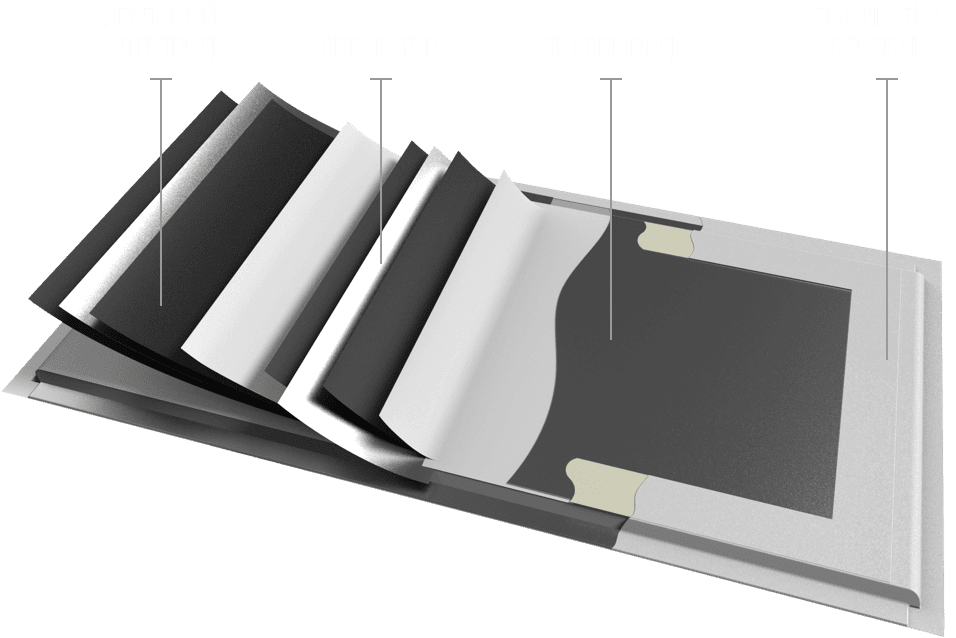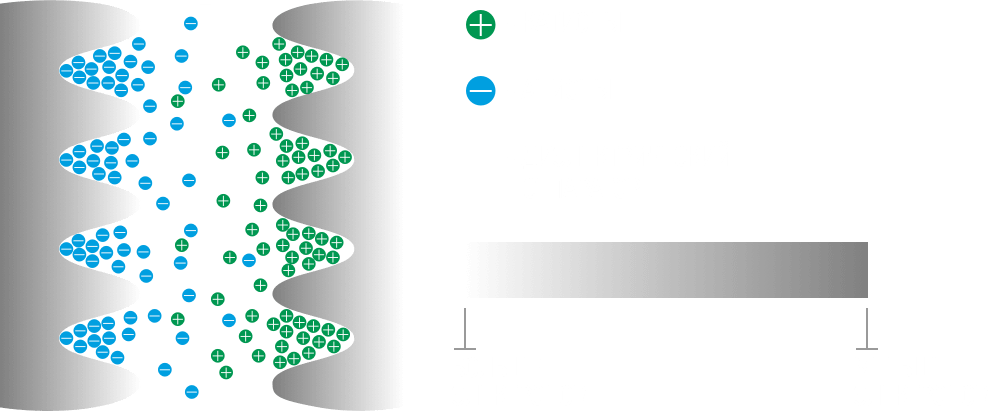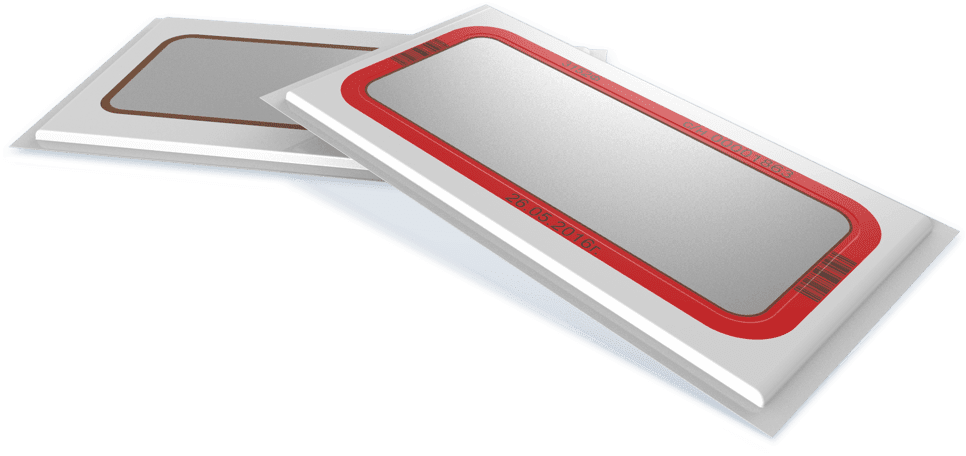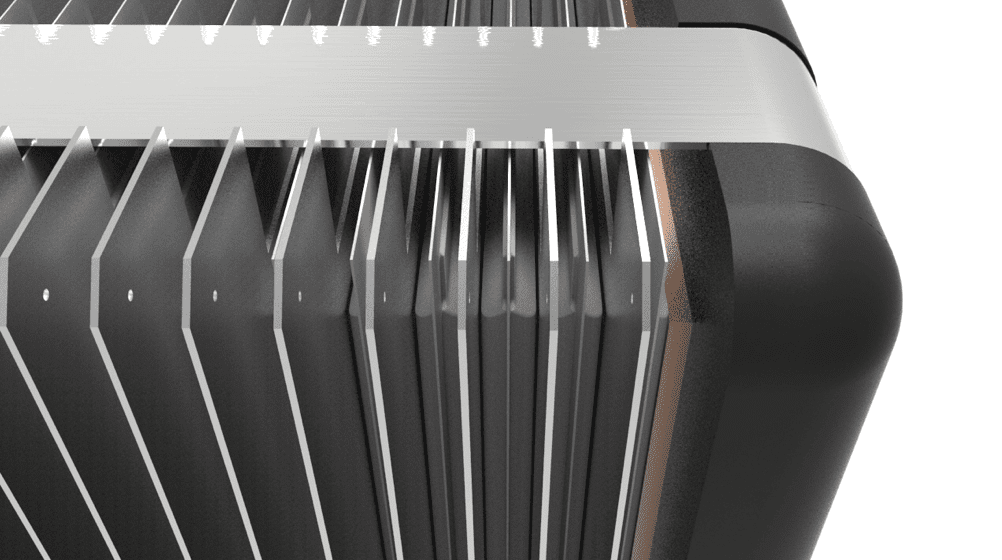- Main
- Technology
TECHNOLOGY
Supercapacitors — what is it

Supercapacitor (ionistor) — promising storage
energy and current source. According to its technical characteristics , it occupies an
intermediate
the position between rechargeable batteries and traditional capacitors. In a
supercapacitor, the charge accumulates due to the formation of a double electric layer on
the surface of the electrode as a result of the adsorption of ions from electrolytes.

The principle of operation — in the case of applying a
potential difference to
current leads, negative ions are formed at the cathode, and positive ions are formed at the
anode
from the electrolyte. The dielectric porous separator passes electrolyte ions and does not
allows short circuits between the electrodes.
The principle of energy storage— electricity is saved
statically, due to the polarization of charged electrolyte particles, while in the process
there are no electrochemical reactions of charge-discharge.

Service life
Another important advantage is a huge resource.
Lithium-ion and lithium-polymer batteries have a decrease in capacity relative to the
original
values are observed after several hundred charge-discharge cycles. And supercapacitors
they can withstand up to one million cycles without noticeable degradation.
Application
Ionistors are used as a power source in ground-based
transport. Also in consumer electronics, when you need to charge your device quickly. For
example, in players, flashlights, flashlights, counters, laser cancer detectors, in launchers
internal combustion engine devices, etc.
CELL CHARACTERISTICS

Thanks to the original design, the base cells of the modules supercapacitors have a number of advantages:
- Minimum number of parts in a cell
- Minimum internal resistance
- Switching occurs along the entire side surface of the cell
- Maintaining operability after short-circuit current tests
- Optimization of current and thermal fields
- Reduction of the mass of the cell and the assembled module
MODULE ASSEMBLY TECHNOLOGY

The design of elementary cells allows you to assemble modules supercapacitors of any voltage and different sizes. The execution options depend on the order. They may differ in the degree of dust and moisture protection
- IP20
- IP54
- IP65
- IP67
According to the variants of the charge balancing system:
- Active balancing
- Passive balancing
According to the variant of module cooling:
- Natural cooling
- Air cooling
- Water cooling
COMPARATIVE CHARACTERISTICS
| TEEMP MLSK-167-48 |
BMOD0165 P048C01 |
|
|
|---|---|---|---|
| TEEMP Cell 2,85V |
BCAP3400 P285K04 |
|
|
